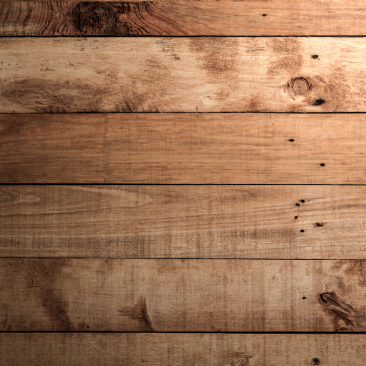
Paper
Paper is likely the first non-wood product you think of when considering forest products. It’s true, paper is integral to our daily lives in a myriad of ways. For example:
Toilet Paper. As we have seen recently, toilet paper is a luxury we shouldn’t take for granted. In order for the great amount of toilet paper we need to remain accessible, the production and sourcing thereof must be sustainable.
Books. The keepers of knowledge and gateways to other worlds. There’s nothing quite like cracking open a new book and sitting somewhere cozy and quiet to read. Many books are printed using FSC-certified paper, which ensures that every copy printed supports the protection of the forest it came from, while allowing you to journey where its contents leads.
Cardboard. Cardboard and paperboard are used for so many things – as boxes to move, for storage, or to wrap a birthday gift. They also provide packaging for takeout and delivery services, which are increasingly important aspects of our modern society.
Alternatives to plastic. While this isn’t limited to one specific product, it covers a great array of items that are not sustainable. By switching from plastic to paper, materials can be sourced from responsibly managed forests, and this will reduce the amount of plastics in circulation. Paper straws, utensils, bags, and much more can be environmentally-friendly alternatives to single-use plastics when they are FSC-certified. You can even replace products like plastic toothbrushes with sustainable, FSC-certified bamboo toothbrushes.

Wood
Perhaps the most obvious forest product, wood and timber have quite literally shaped our modern world. Timber is an incredible material for sustainable construction, it is a renewable resource and carbon store. This means that carbon contained within the wood will remain stored even when it is transformed into a wood product, keeping this carbon from re-entering the atmosphere. This element of wood is a crucial tool against climate change.
Furniture. Furniture can be made from many materials, but sometimes wood is simply irreplaceable. Think of your grandmother’s favorite rocking chair, or the big wooden dining table where your family and friends have gathered for scrumptious meals together. From writing desks to bookcases, wooden furniture has filled our houses and made them homes for generations. When it is FSC-certified, not only does the furniture pass from generation to generation, but the forests they come from do too.
Musical Instruments. Many instruments are made from wood. Guitars, pianos, digeridoos -- there is even an entire section of the orchestra called woodwinds. Wood is an important element of the design of these instruments, and the music they create can thus be attributed, in part, to forests. There’s no full symphony orchestra without instruments made from wood.
Charcoal. Similar to every full symphony orchestra, every summer barbecue is possible thanks to forests. The FSC-certified charcoal used for grilling is often made from shrubs and invasive tree species that threaten healthy forests or wildlife habitats, and therefore its harvest is beneficial to the ecosystem.

Rubber
Did you know that rubber comes from trees? Natural rubber, or latex, is a very important forest resource. It is harvested from rubber trees, which grow primarily in Thailand and Indonesia.
Condoms. They’re called rubbers for a reason, and, you guessed it, it’s because they are made of rubber. We don’t need to elaborate: the importance of this particular forest product speaks for itself.
Tires. The tires on your bike or car are made from rubber, which means they are in fact forest products. Just think about every ride you have had in your life – so much travel is dependent on this simple invention!
Balls. Footballs, basketballs, tennis balls, they all have a crucial rubber element to their manufacture. Every basketball game you played as a child, every World Cup you’ve watched, has been thanks to rubber trees.

Non-timber forest products
Food. Food such as berries, mushrooms and nuts come from forests. Take a look at your plate the next time you have a delicious meal, and it’s likely that at least one part of the dish is a non-timber forest product.
Medicines. A lot of medicines have important ingredients that come from the rainforest. While there are not any FSC-certified medicines (yet!), the standards set by FSC for responsible forest management protect the forests where these ingredients come from, thus ensuring that we will have access to them for future generations.

